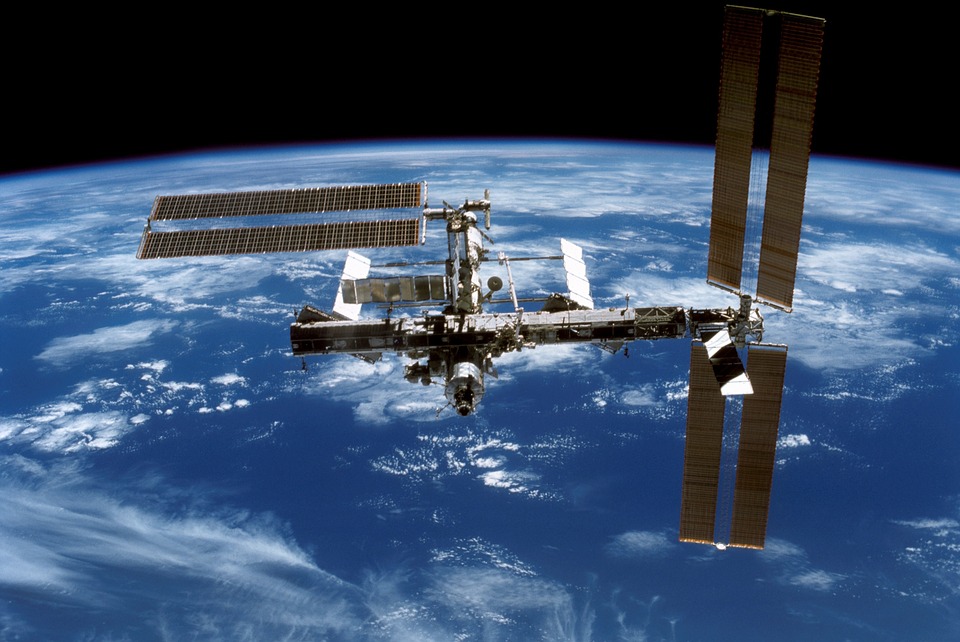The Future of Space Exploration - What Will It Look Like?
In a century or two, thrill-seekers on Mars or asteroids, like Felix Baumgartner (the guy who broke the sound barrier in free fall), might create "bases" separate from Earth. They will employ cutting-edge cyborg and genetic technology. In manned exploration, private enterprises like SpaceX, headed by Elon Musk (of Tesla electric vehicles), are important. Compared to NASA or ESA, these companies may accept greater risks and provide missions at a lower cost.

People will investigate Mars.
People have wanted to visit Mars ever since the Apollo flights. However, considering that a round-trip to the Red Planet would leave astronauts far from home for decades and expose them to deadly radiation levels during the journey, the notion still appears very far off. Building permanent settlements in space and developing the technologies required for space travel will depend heavily on space stations. These stations will serve as testing grounds for systems that will be utilised on upcoming human missions to Mars and other locations, as well as enable scientists to conduct research in an environment not available on Earth. For the foreseeable future, robotic spacecraft will be used to conduct physical exploration of the Solar System. Robotic spacecraft flotillas will map the surface features of our Solar System's planets and moons. Massive robotic fabricators will construct space-based solar energy collectors.
People will construct a space station.
There is greater interest in space than ever thanks to the upcoming space tourism and the commercial enterprises that are building rockets and capsules. Engineers are getting ready for more regular Moon landings, extended stays on the International Space Station, and human space missions. Scientists have the chance to carry out research aboard space stations that is not possible on Earth. In addition to helping the astronauts, this research also improves our quality of life on Earth. Humans will require a more permanent presence in orbit once they are able to stay in space for extended periods of time. They will have to establish a colony in space. It will take a number of facilities to ensure that explorers have a comfortable life. This comprises telescopes for studying the Solar System and research labs. Living quarters, recreational areas, and a means of returning to Earth in an emergency will also be included. It will require capabilities for producing fuel and energy, as well as insulation against extremely high or low temperatures.
People are going back to the Moon.
NASA officials frequently assert that a return to the lunar surface will teach us how to survive and thrive in another world, preparing us for a mission to Mars, in addition to the apparent scientific value of the mission. They also mention how building and maintaining a human colony in outer space can be aided by the lunar ice found at the poles, which can provide water for spaceship fuel. However, the fact that the Moon is where humanity first arrived is the main justification for their return. President Kennedy promised in 1962 that an American would set foot on the moon by the end of the decade. His goal was achieved in 1969 with the launch of the Apollo programme. As the next generation of astronauts gets ready to travel to the Moon and beyond, a new era of exploration is beginning. Robotic spacecraft will carry on investigating planets, their moons, and asteroids—including those beyond of our solar system—in the interim.
People will investigate the Solar System.
We have fantasised about space travel ever since the human race first gazed upon the stars. Rocketry advancements in the 20th century made it possible to send machines and later people beyond Earth's atmosphere and into space. Spacecraft that pass by, orbit, and land on planets, moons, comets, asteroids, and other objects in our solar system have provided scientists with invaluable information. They have also launched unmanned probes to observe a range of phenomena from a great distance. These days, privately sponsored explorers are taking on NASA and ESA with low-cost programmes. Examples of these companies are Space X, created by Elon Musk, the owner of Tesla electric cars, and its rival Blue Origin, funded by Jeff Bezos, the founder of Amazon. By demonstrating that a launch rocket's first stage can be reused, these companies are bringing Silicon Valley mentality to space and pointing the way towards actual cost savings. For sustained space missions that go beyond low Earth orbit, these are the fundamentals.








